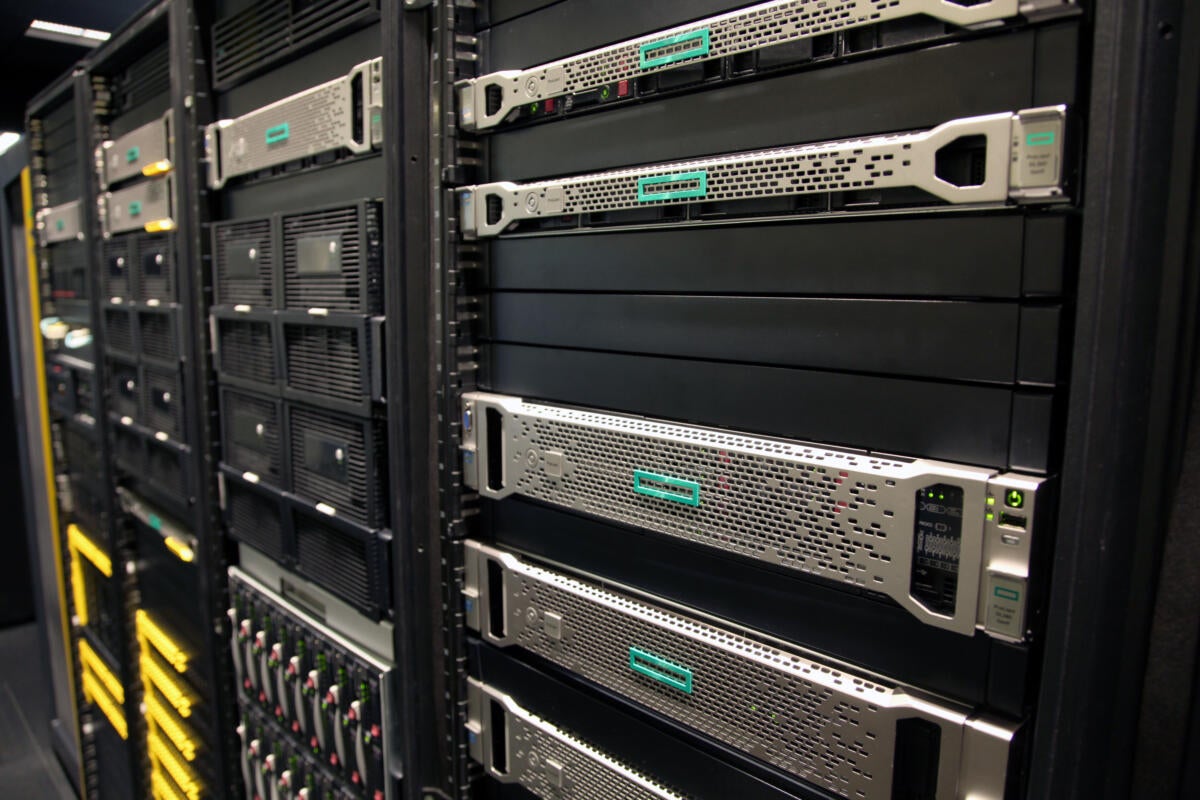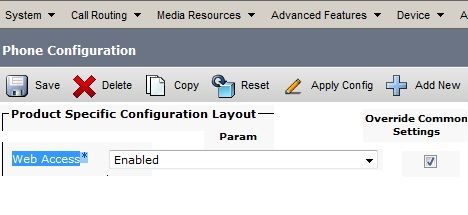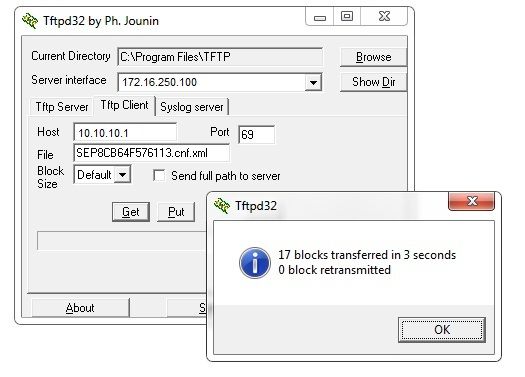Vpnc Cisco
Vpnc Cisco Server
Pyvpnc is a Python connector for vpnc, a Cisco VPN concentrator/router client. The vpnc daemon requires elevated permissions to run; you will be prompted for your admin/sudo password if needed. Vpnc Containerized Cisco VPN Client with SSH access automated to container. Having been discontinued back in 2011, it shouldn’t come as a shock that the Cisco VPN client isn’t supported by Windows 10.In fact, you would be lucky to get it working with Windows 8.1 since. A VPN client compatible with Cisco's EasyVPN equipment. Supports IPSec (ESP) with Mode Configuration and Xauth. Supports only shared-secret IPSec authentication with Xauth, AES (256, 192, 128), 3DES, 1DES, MD5, SHA1, DH1/2/5 and IP tunneling. It runs entirely in userspace. Install vpnc - $ sudo apt-get install vpnc $ sudo apt-get install network-manager-vpnc $ sudo apt-get install network-manager-vpnc-gnome Step 2) Extract group password from Cisco client pcf file Until now, I was using Cisco VPN client on Windows 7, that was packed and delivered to me by our corporate VPN support team.
| Click here to return to the 'Install vpnc as a replacement for the Cisco VPN client' hint |

The only reason I am holding onto XP is because that version of Cisco is the only one that has the stately firewall that some companies require.
Does this solution include that?
Do you plan to release some sort of binary for the 'rest of us'?
---
Freelance web development
WebVeteran.com

It appears that Cisco knows about the issue and documented it here:
http://tinyurl.com/58p6na
or
http://supportwiki.cisco.com/ViewWiki/index.php/VPN_Client_on_the_MAC_OS_is_not_able_to_connect_to_the_VPN_3000_Series_Concentrator_and_the_user_receives_the_reason_=_PEER_DELETE-IKE_DELETE_FIREWALL_MISMATCH_message
I tried the latest VPN client for the Mac that I was able to get my hands on (4.9.01.100), but it still doesn't work for me. This issue has been around for years, so it would seem that Cisco has no intention of ever fixing this.
The best work around appears to be to ask your IT people to set up a new group account for *nix platforms whose firewalls don't integrate with the vpn client (or atleast offer the correct response to Cisco's Concentrator). Until then, my Cisco VPN client will continue to fill my log with crap like this:
130 08:42:11.617 02/23/2009 Sev=Info/4 IKE/0x4300004B
Discarding IKE SA negotiation (I_Cookie=A3546266FB25C222 R_Cookie=5F3E545C336A69AF) reason = PEER_DELETE-IKE_DELETE_FIREWALL_MISMATCH
$ cd /usr/local/bin
$ sudo curl -O http://www.gdanko.net/vpnc_launcher.txt
$ sudo mv vpnc_launcher.txt vpnc_launcher.php
$ sudo chmod 755 vpnc_launcher.php
Don't you mean
$sudo mv vpnc_launcher.txt vpnc_launcher.pl?
Because the next step says launch it as pl... i'm assuming this is a typo correct? Might as well point it out if someone is confused by it, but I assume anyone following along is savy enough to figure it out...
Note that vpnc does not yet support certificate-based authentication - it says so right on the vpnc site.
As far as I know, nothing but the original Cisco client supports it. I'd love to be proven wrong about this.
I have had good luck with Shimo.
It includes its own copy of vpnc, so there is no need to build it or install Fink/MacPorts. The installation is easy. It will import Cisco VPN profiles. It will also act as a (more attractive) front end for the Cisco VPN client as well as a number of other VPN systems.
It's not free, but the pricing is reasonable (€12.95).
Cisco Vpn Timeout
I don't work for them; I'm just a satisfied customer.

Cisco Vpn Client

I have tried this solution and it works fine for me.. I am able to connect to the desired network. :-) I am yet to test the pros against my regular cisco client though..
I also referred to http://www.koansys.com/tech/vpn-to-cisco-on-os-x-with-vpnc

How does a virtual private network (VPN) work?
A VPN extends a corporate network through encrypted connections made over the Internet. Because the traffic is encrypted between the device and the network, traffic remains private as it travels. An employee can work outside the office and still securely connect to the corporate network. Even smartphones and tablets can connect through a VPN.
What is secure remote access?
Secure remote access provides a safe, secure way to connect users and devices remotely to a corporate network. It includes VPN technology that uses strong ways to authenticate the user or device. VPN technology is available to check whether a device meets certain requirements, also called a device’s posture, before it is allowed to connect remotely.
Is VPN traffic encrypted?
Yes, traffic on the virtual network is sent securely by establishing an encrypted connection across the Internet known as a tunnel. VPN traffic from a device such as a computer, tablet, or smartphone is encrypted as it travels through this tunnel. Offsite employees can then use the virtual network to access the corporate network.
